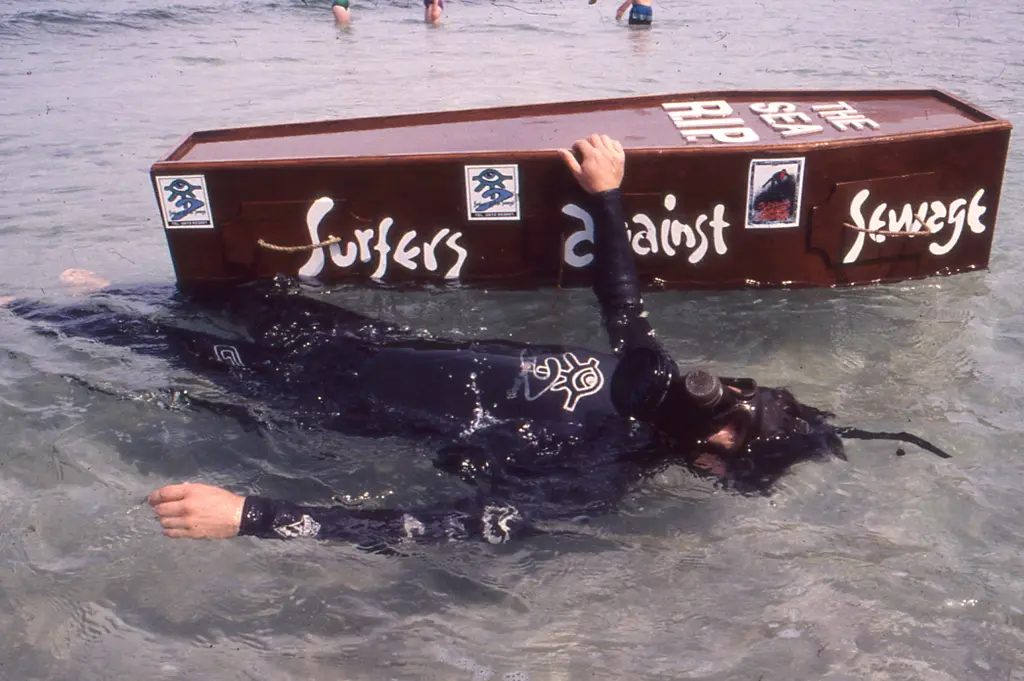On September 26, 2009, Gab Mejia was at their local school fair in Manila, the capital city of the Philippines, surrounded by their friends and seventh grade peers. It had been an enjoyable, routine day for the children, filled with arts & crafts and games. It was only as they began to head home that things changed when the huge Typhoon Ondoy hit the area. Floods and winds caused huge destruction across the country, and Mejia’s own family home was devastated.
“Our house was actually flooded during the Typhoon,” Mejia recalls. “I was going home, and we were stranded in this school and we couldn’t go back to the house because flood waters were reaching up to waist level already on the first floor of the house. Luckily we have a second floor, so that became our last island left during that time.”
Followed soon after by Typhoon Pepeng, the two tropical storms led to the deaths of 956 people, severely affecting millions more, and caused an estimated USD $4.38 bn worth of damage. It was Mejia’s first close up encounter with a typhoon and the real impacts of extreme weather conditions. 12 years later, in 2021, they would go in search of more after receiving an assignment from the United Nations Development Programme. Having become a mountaineer and an avid explorer who took up photography as a means of documenting their travels, they were tasked with documenting the impacts of the increasingly frequent super typhoons that were happening in the Philippines.


The assignment would ultimately develop into their project The Passage of Storms, which recently won the 28th edition of the #CreateCOP competition, where they travelled across coastal communities around the islands, documenting the physical and impacts of typhoons. “It really stuck with me dealing with the coasts – we’re an archipelago, we have 7,641 islands in the Philippines, and when you go out you literally see the ocean every day,” they say. “That was really a kind of reckoning with how much typhoons [have] changed and become stronger through just a decade.”
Mejia’s pictures capture the people and communities at the frontlines of the climate crisis, who are bearing the brunt of the effects of increased extreme weather patterns, as global carbon emissions tip the balances of fragile ecosystems. While many in the Western world, including its leaders and media, talk about climate change as an impending tragedy, the crisis is playing out in real time in the Pacific Ocean, where more extreme weather is happening, and sea temperatures are rising faster than the global average.

Greenpeace Philippines noted that the country faced an average of six super typhoons a year between 2016 and 202 – 7.5 times higher than previously thought. That’s despite the country producing just 0.4 per cent of the world’s carbon emissions. “Crossing the islands, you could actually see and witness the destruction that’s happening – how the different islands are affected and some parts would be completely flattened out, where boats and coconut trees were destroyed,” Mejia explains. “Their survival has been so dependent on the ocean, and now it’s changing the way that us Filipinos and these coastal communities see the ocean, because instead of it being something that gives them life, it’s now bringing them destruction and death.”
The increasingly severe disasters have already changed the communities that they documented, with many deciding the endless cycles of rebuilding their lives and possessions after a storm was too much to bear. “A lot of people, because of the uncertainty that they face, they’re actually going more inland, deeper into the mountains and letting go of their traditional practices like fishing,” they say. “Because the seas are heating up, the storms are intensifying, creating these category five typhoons that we never really had a decade ago, so the climate crisis is something that is a lived experience already.”
Ultimately though, Mejia’s photographs are about humans. There’s a strength found throughout the shots – people attempting to live the lives they have always lived through the destruction – whether it’s fishermen who continue out to sea, or children supporting each other at school.
“There’s a real resilience in these communities, like parents tending to the emotional needs of the children who are affected by the typhoons,” they say. One child they met when making the project was afraid of the sounds of wind and rain after experiencing a typhoon. “They really found ways to be tender and unpack this trauma.
“Really the dominant narratives and stories of the climate crisis turn our countries like the Philippines, or ‘developing countries’ into more statistics. But the project really [made me think]: ‘How can I challenge these dominant narratives that are being prescribed to us?’” they continue. “My main intention is to show the reality of what it means to live in an archipelago and what it means to be surrounded by the ocean – and really change the way that we think.”
The Passage of Storms by Gab Mejia won first place in Art Partner’s #CreateCOP28 awards, which highlights work that call for climate justice. See more photographs from #CreateCOP below.
Enjoyed this article? Like Huck on Facebook or follow us on Twitter.
Support stories like this by becoming a member of Club Huck.
Latest on Huck

Analogue Appreciation: lullahush
Ithaca — In an ever more digital, online world, we ask our favourite artists about their most cherished pieces of physical culture. Today, it’s Irish retro-futurist lullahush.
Written by: lullahush

Spyros Rennt captures connection and tenderness among Berlin’s queer youth
Intertwined — In the Greek photographer’s fourth photobook, he lays out spreads of togetherness among his friends and the German capital’s LGBTQ+ party scene.
Written by: Isaac Muk

The rebellious roots of Cornwall’s surfing scene
100 years of waveriding — Despite past attempts to ban the sport from beaches, surfers have remained as integral, conservationist presences in England’s southwestern tip. A new exhibition in Falmouth traces its long history in the area.
Written by: Ella Glossop

Plestia Alaqad: “Journalists should focus on humanising people”
Huck’s April interview — Having become one of the most crucial and followed voices from inside Gaza in the aftermath of October 7, the award-winning author and journalist is releasing a new memoir, ‘The Eyes of Gaza’, collating diary entries made over the past 18 months. We caught up with her to hear more about it.
Written by: Isaac Muk

The instrument makers taking DIY music to a whole new level
What does it take to construct a modular synth? How do you turn a block of wood into a double bass? Here, four craftspeople explain why they chose to rip up the rulebooks and build their own music-making machines.
Written by: Daniel Dylan Wray

Southbank Centre reveals new series dedicated to East and Southeast Asian arts
ESEA Encounters — Taking place between 17-20 July, there will be a live concert from YMO’s Haruomi Hosono, as well as discussions around Asian literature, stage productions, and a pop-up Japanese Yokimono summer market.
Written by: Zahra Onsori


























